Winter comes with its own share of joys and ills. On the one hand is the crisp air, the early morning mist, the comfort of a cosy blanket in the cold night or the wearing of a favourite sweater knitted by your Naani. All are happy things that bring a smile to our face. On the other hand, winter in our increasingly polluted cities also comes with the burden of colds and coughs, runny noses and joint pains, and all kinds of breathing problems.
Traditionally we used ingredients available in our kitchens to either prevent seasonal illnesses or to treat them. So each family had a go-to Kadha or some specific food items that were only prepared during the winter months. One such product, made in different parts of the country during winters is the Dink ladoo or Gond ke laddu with the all-powerful Gondh as its primary ingredient.
During winter, this high energy gondh snack is given to increase body warmth from within. The addition of special spices, desi ghee, nuts and seeds adds further taste and flavour.

Some well-known health benefits of the Dink ladoo during winter are:
- The consumption of Dink ladoo which is made with edible gum, ghee and other spices helps lubricate joints and boost bone health, reducing the aches and pains we suffer from, in winter.
- Gondh can help prevent minor coughs and colds since studies show that it contains anti-microbial properties.
- Along with other medicinal benefits, dink is rich in magnesium and calcium and is good for the skin too.
- In winters with lesser exposure to natural sunlight, Vitamin D in our bodies reduces even further. Gond is also known to treat low Vitamin D levels which becomes one more reason for it to be a winter superfood.
So as winter comes, let us welcome it by increasing consumption of more such healthy foods whether it is the plain gond atta laddu or the dry fruit gond ke laddu, so that we can increase our immunity and combat the pathogens that will surely follow the change in weather.


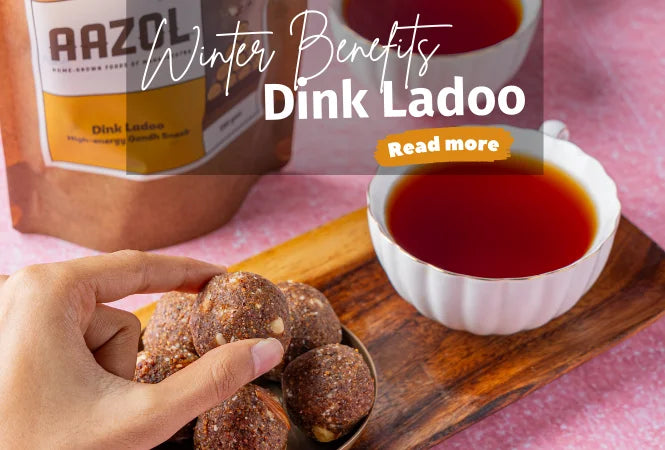
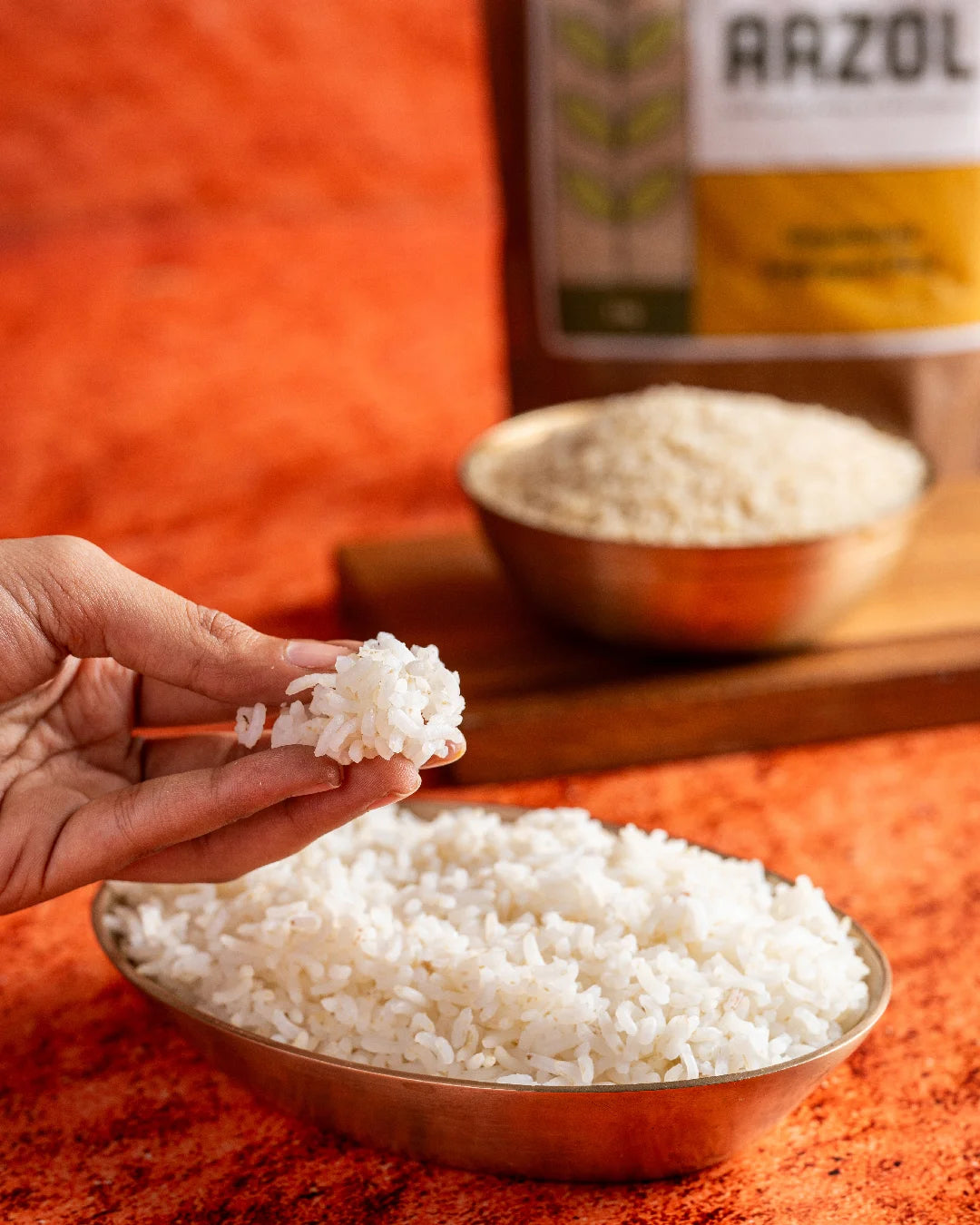

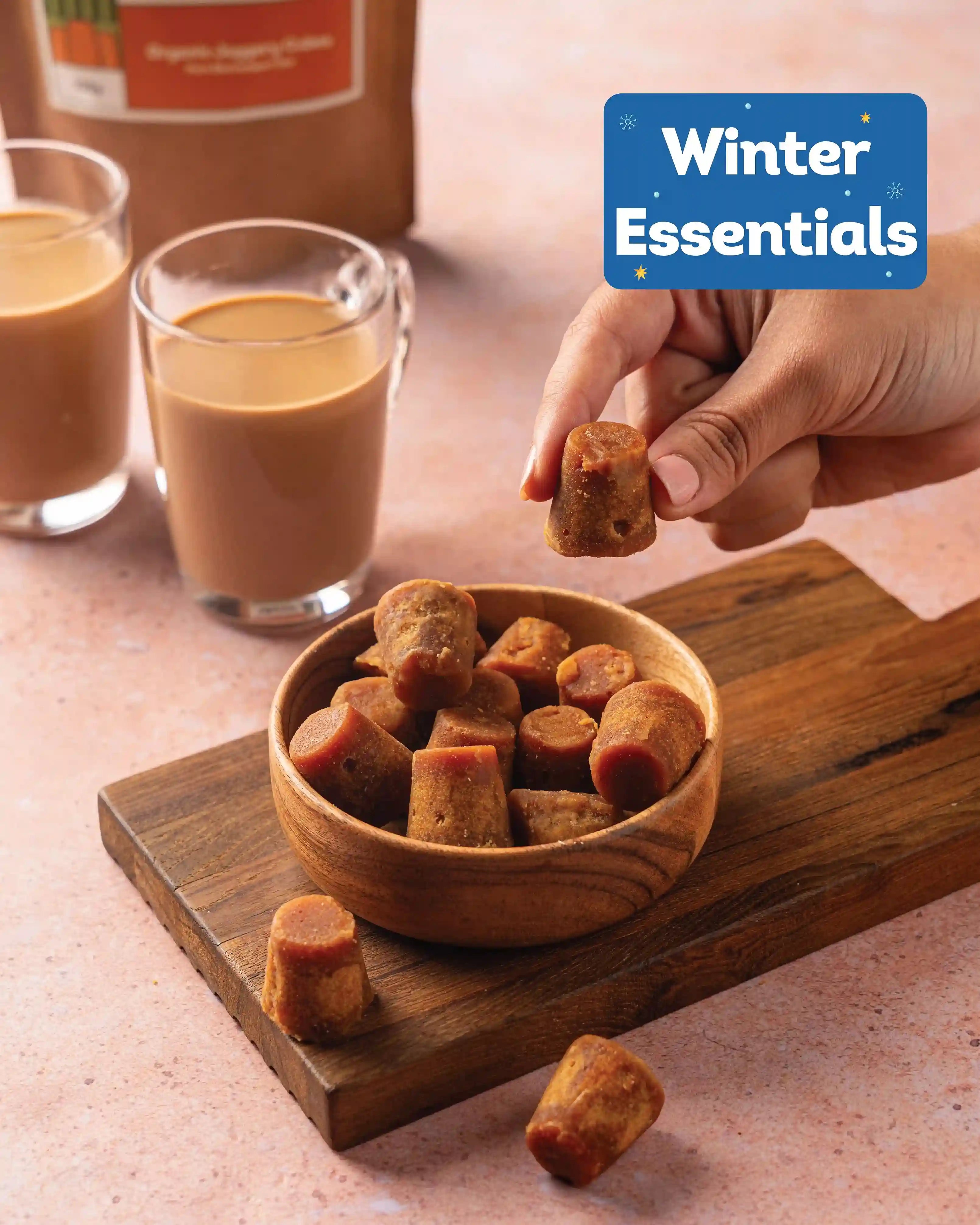
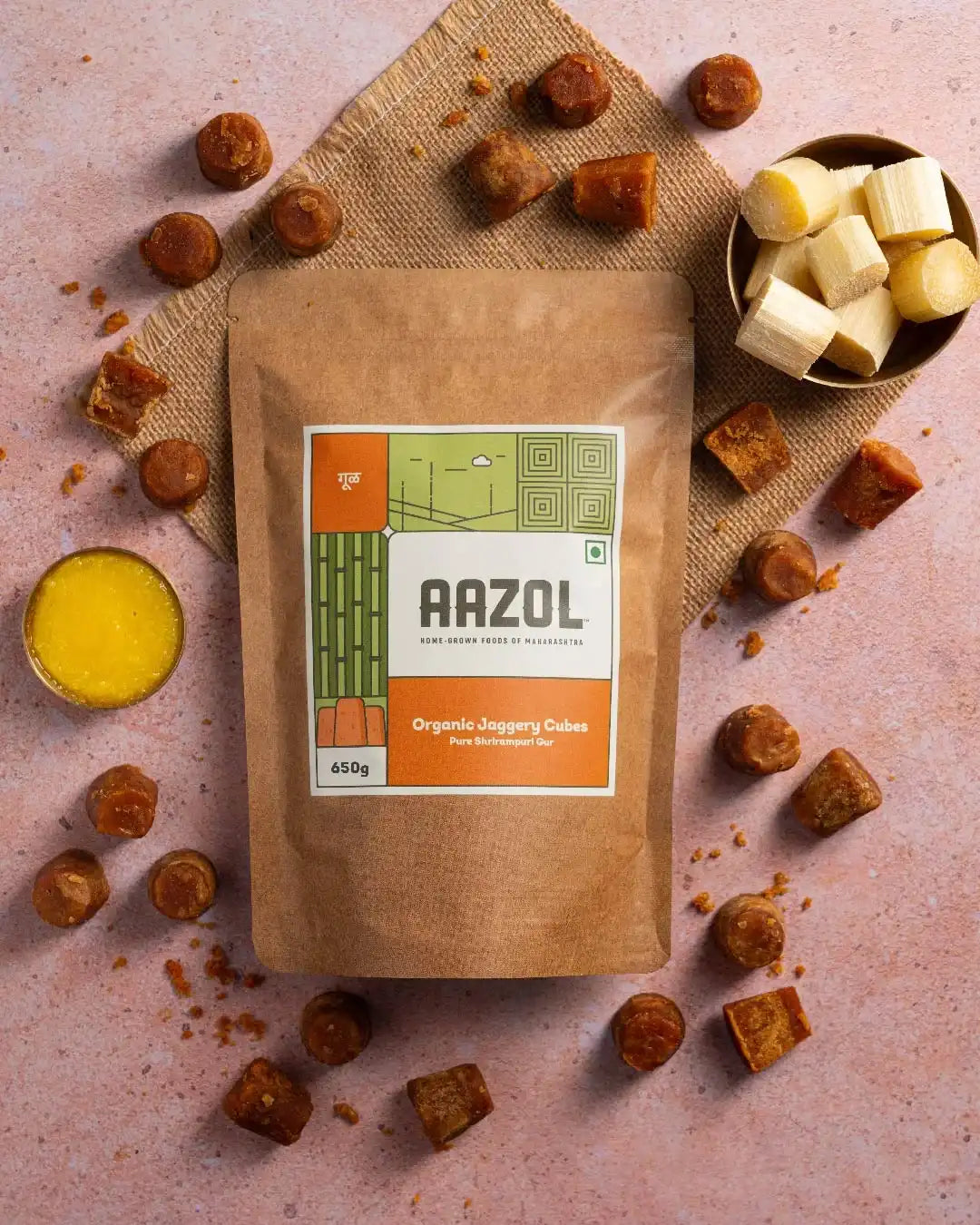
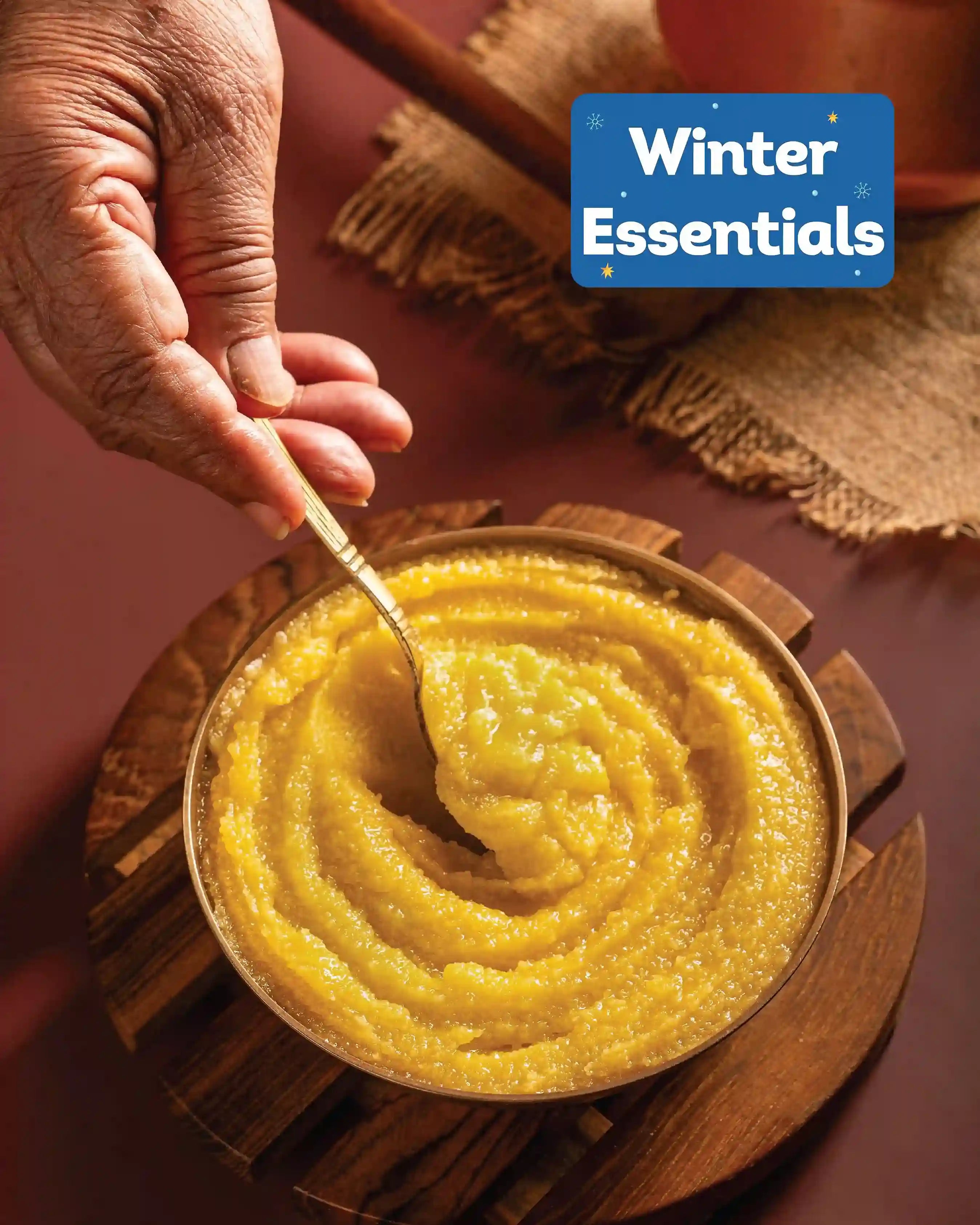
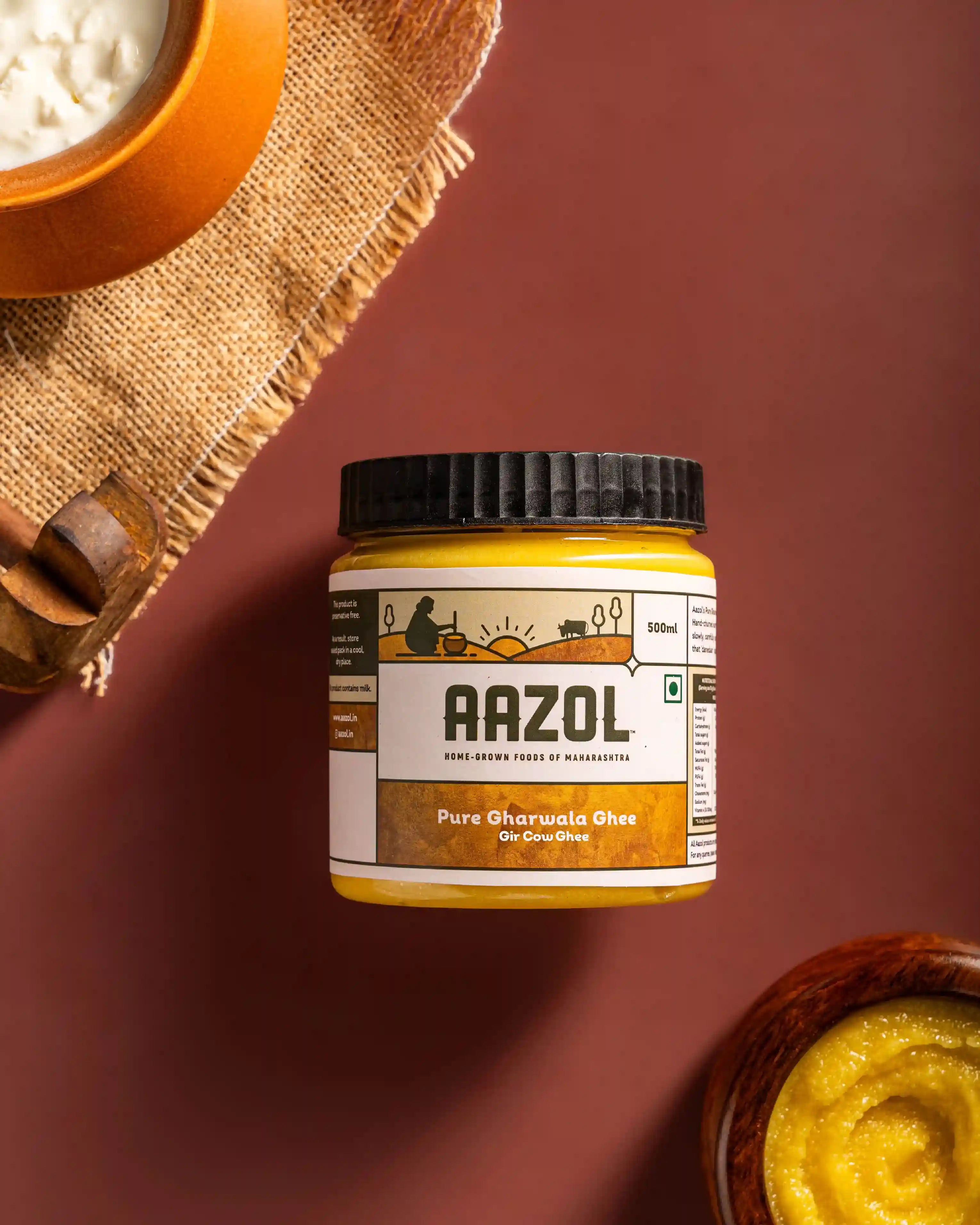
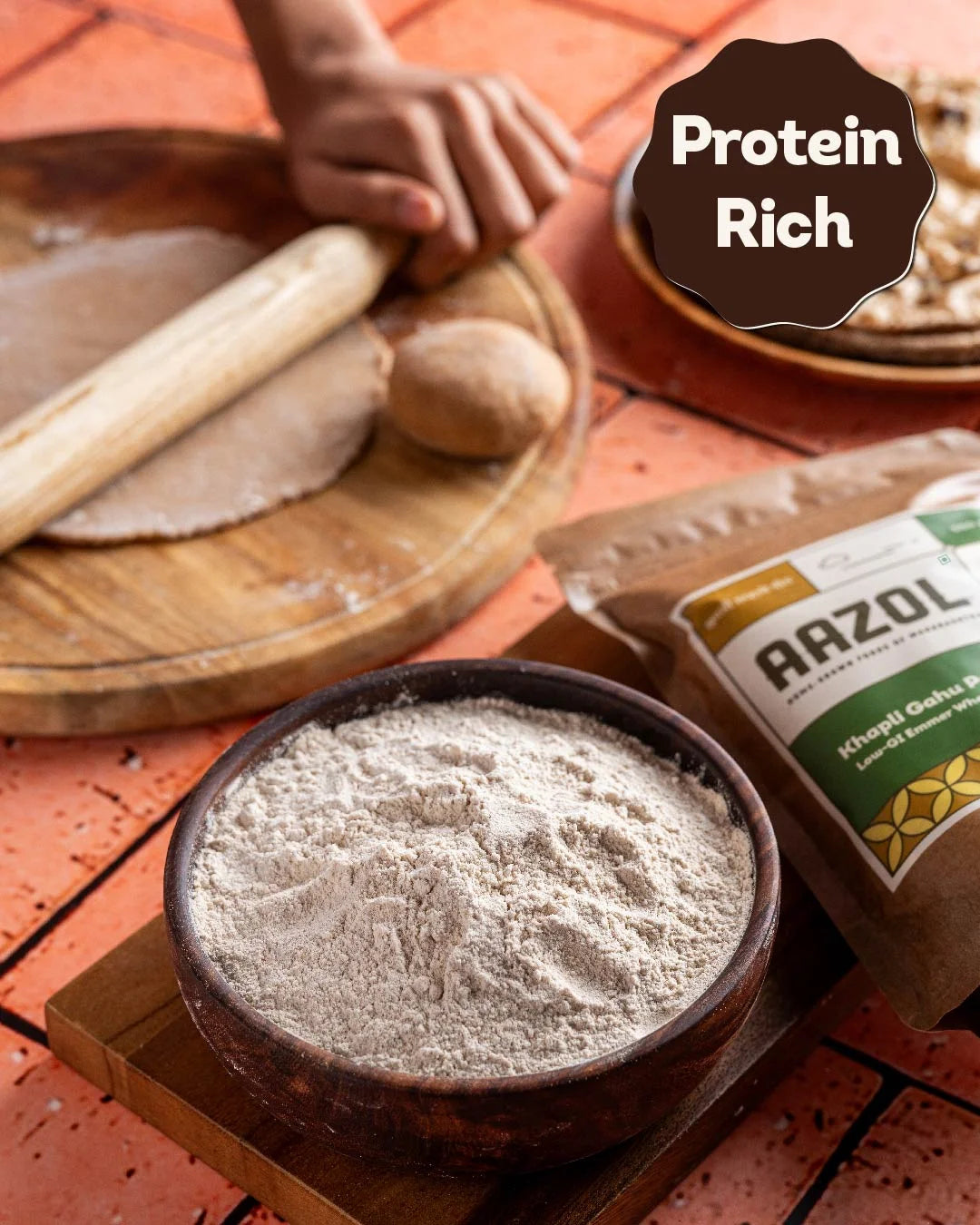
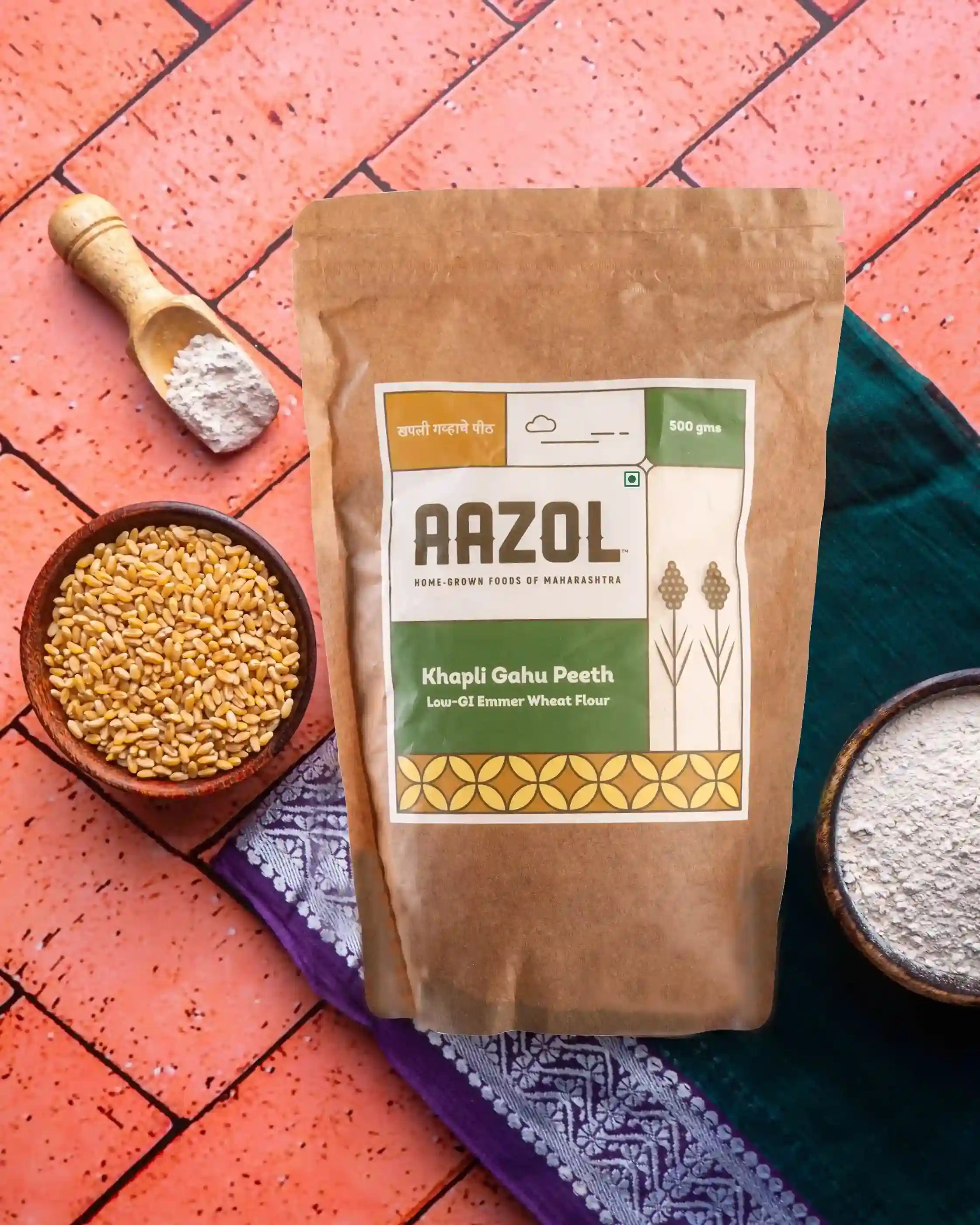
Comments (0)
Your comment may be featured to help others on a similar journey